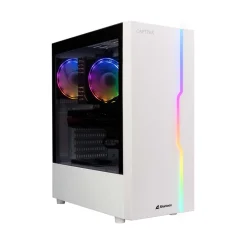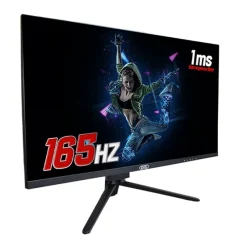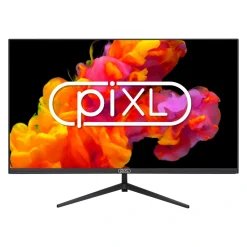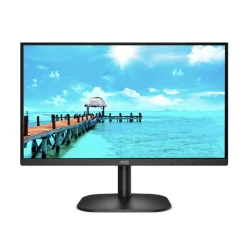How to Shop for a Gaming Monitor : The Ultimate Guide

Gaming has evolved significantly over the years, with advancements in technology transforming it from a casual pastime into a high-performance, immersive experience. One crucial aspect that often goes overlooked in the pursuit of the ultimate gaming setup is the monitor. Selecting the right monitor for your gaming needs is a decision that can significantly impact your overall gaming experience, and it’s not just about size and resolution. In this article, we’ll explore the importance of choosing the correct monitor based on the type of game you play, the role of frames per second (FPS), and how it all ties back to your graphics card.

Understanding the Basics:
Before delving into the intricacies of monitor selection, it’s essential to understand some fundamental concepts.
The two primary specifications to consider when choosing a monitor are resolution and refresh rate.
Resolution refers to the number of pixels on the screen, while refresh rate is the number of times the monitor updates the image per second, measured in Hertz (Hz).

Tailoring to Game Types:
Different games have different requirements, and your choice of monitor should align with the genres you enjoy. For fast-paced, competitive games like first-person shooters (FPS), a high refresh rate is crucial. Monitors with a refresh rate of 144Hz or above ensure smoother motion, reducing motion blur and providing a competitive edge.
On the other hand, for visually stunning, story-driven games, a higher resolution becomes more important. A 4K monitor can deliver breathtaking visuals, enhancing the immersive experience of open-world adventures or cinematic RPGs.

The FPS Factor:
Frames per second (FPS) is a key metric in gaming, representing the number of frames your graphics card can render in one second. The relationship between FPS and your monitor’s refresh rate is pivotal. If your graphics card can generate more FPS than your monitor’s refresh rate, the excess frames go to waste.
For instance, a graphics card capable of producing 120 FPS won’t fully utilise a 60Hz monitor. To make the most of your hardware, ensure your monitor’s refresh rate matches or exceeds your graphics card’s FPS capabilities.

Graphics Card Compatibility:
Your graphics card is the powerhouse behind the visuals, and its capabilities influence the type of monitor you should choose. High-end graphics cards, such as NVIDIA’s GeForce RTX series or AMD’s Radeon RX series, are designed to handle demanding games at higher resolutions and frame rates.
Conversely, mid-range or budget graphics cards may struggle with 4K gaming or achieving ultra-high frame rates. Selecting a monitor that aligns with your graphics card’s capabilities ensures a harmonious gaming experience without sacrificing performance.
In the quest for the perfect gaming setup, the importance of choosing the right monitor cannot be overstated. Understanding the demands of your favorite games, the significance of FPS, and the synergy between your graphics card and monitor is crucial. By tailoring your monitor choice to your gaming preferences and hardware capabilities, you can unlock the full potential of your gaming rig, immersing yourself in a visually stunning and responsive gaming environment.


 Captiva PC Advanced Gaming R78-795 Gaming PC | AMD Ryzen 5 5500 | 16GB RAM | 500GB SSD | GeForce RTX 3050 8GB Graphics | Windows 11 Home
Captiva PC Advanced Gaming R78-795 Gaming PC | AMD Ryzen 5 5500 | 16GB RAM | 500GB SSD | GeForce RTX 3050 8GB Graphics | Windows 11 Home 


